Yeongam Pottery Museum (영암도기박물관)
Yeongam Pottery Museum (영암도기박물관)
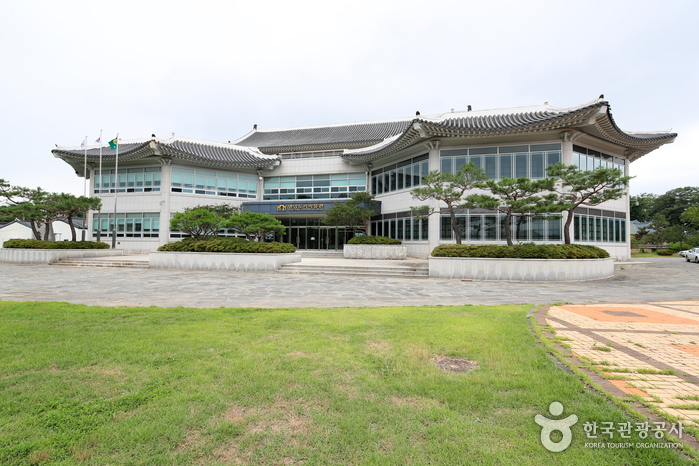 – Homepage
– Homepage
https://www.yeongam.go.kr/home/smartdogi
– Tel
+82-61-470-6851
Yeongam Pottery Museum is dedicated to promoting the history of pottery in Korea, starting from the oldest known pottery coming from Gurim Village. Visitors can learn about the history of this art form through exhibitions, educational programs, and hands-on experiences. Locally produced pottery is also available for sale. Nearby attractions include the Wangin Historic Site and Ha Jung-woong Museum of Art.
– Address : 5, Seohojeong-gil, Yeongam-gun, Jeollanam-do
※ Presentation Information
– Capacity
800 people
– Information and Guides
• 1330 Travel Hotline: +82-2-1330
(Korean, English, Japanese, Chinese)
• For more info +82-61-470-6851
– Parking
Available (approx. 70 parking spaces)
– Parking Fee
Free
– Day Off
N/A (Open all year round)
– Usage Fee
Free
– Operating Hours
09:00-18:00
– Scale
Total area: 16,059 ㎡ / Building area: 3,027.30 ㎡
– Tour Duration
Approx. 2 hr
– Collections Status
958 items
– Industry Information
Exhibition, education, sales
– Program Information
[One-day Programs]
Pottery making: Approx. 1 hr / 8,000~10,000 won per person
Hand painting: Approx. 1 hr / 10,000~150,000 won per person
[Long-term Programs]
Daily pottery class: 3-month term / 60,000 won (firing fee separate)
Pottery Club: February-November / Free (firing fee separate)
– Foreign Language Intepretation Services
Available with advance phone reservation
– Reservations
Phone reservations accepted for groups
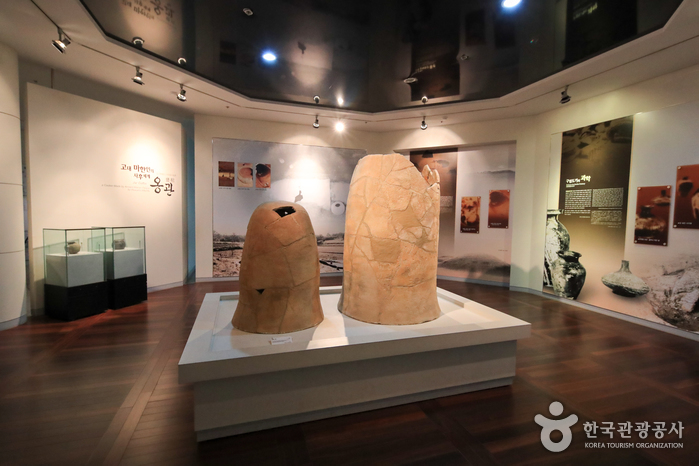



◎ Nearby Tourism Infobox
⊙ Yeongam Wangin Culture Festival (영암왕인문화축제)

– Homepage
영암왕인문화축제.kr
– Tel
+82-61-470-2347
The Yeongam Wangin Culture Festival is a local event held to honor the birth of the Baekje scholar Wangin and his achievements. The festival’s main event is the parade. With the dance troupe leading the procession, the Pungmul troupe and Yeongam-gun residents follow in the dance, playing musical instruments and waving flags. The parade takes visitors to historical sites where traces of the scholar remain. The festival reinterprets Wangin’s humanistic values through modern perspectives, featuring major content utilizing letters and typography. It also highlights the craftsmen (ceramics, tile, and Buddhist artisans) who, along with Wangin, influenced the Asuka culture in Japan. The festival is praised for showcasing the social, political, and economic changes in Japan initiated by Wangin’s visit to Japan, making it one of Korea’s prominent humanities festivals.
⊙ Historical Site of Wangin (왕인박사 유적지)
View detailed guide on Korea Trip Guide →
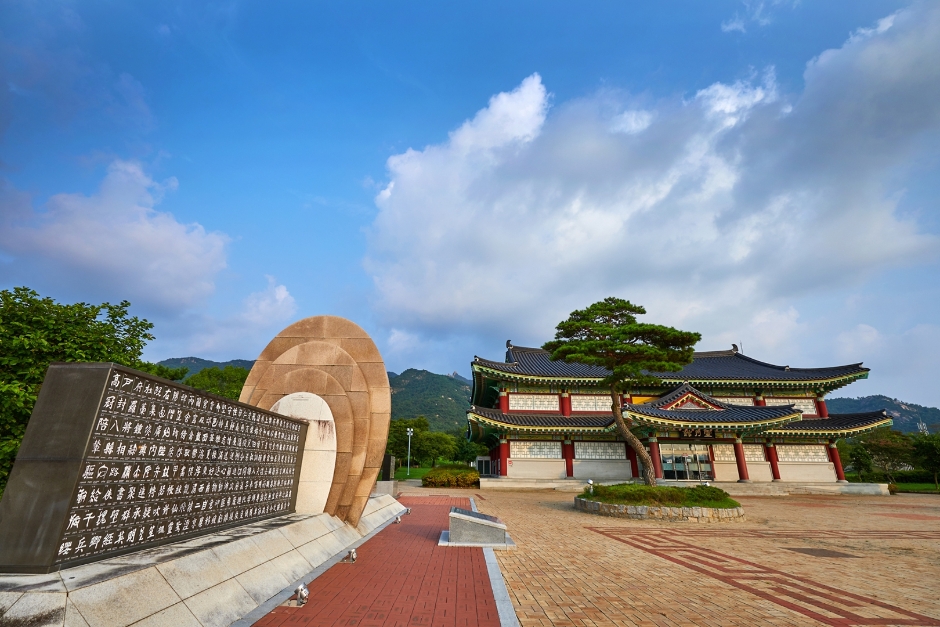
– Homepage
www.yeongam.go.kr
The hometown of Wangin Baksa (Wangin the Great Scholar) is located at the foot of Munpilbong Peak to the east of Gurim Village. Due to Wangin’s importance and contributions to Korean history, this historical attraction is preserved and maintained in honor of his memory and achievements.
Seonggidong is the official birthplace of Wangin (marked by the Yuheobi memorial monument) and is also home to Seongcheon, the well Wangin is believed to have drunk from. Halfway up Wolchulsan Mountain are Chaekgul, Munsanjae and Yangsajae where Wangin is said to have studied as well as nurtured local pupils. To commemorate the significance of these areas, a memorial is held every March at Munsanjae and Yansanjae.
In front of Chaekgul is a statue of Wangin which is said to symbolize his benevolent character. Just west of Seonggidong is Doljeonggogae, a hill from which it is believed Wangin made a sorrowful look back at his countrymen before leaving for Japan.
Wangin departed for Japan from Sangdaepo, which at the time was an international trading port. The renowned Baekje scholar was beginning his journey at the request of Japanese Emperor Eungshin. He took with him ten books on the Analects of Confucius and a book of Cheonjamun, a text of one thousand Chinese characters. Over time, he earned the trust of the emperor and became instructor to the crown prince. Wangin is well-known for his part in the development of Japanese culture and his name appears often in Japanese history. Wangin educated beyond textbooks and made great contributions to the development of arts, crafts and music and is revered as the originator of Japan’s Asuka culture.
This historic site was originally reconstructed from 1985 to 1987 and is continually receiving improvements to improve accessibility for visitors.

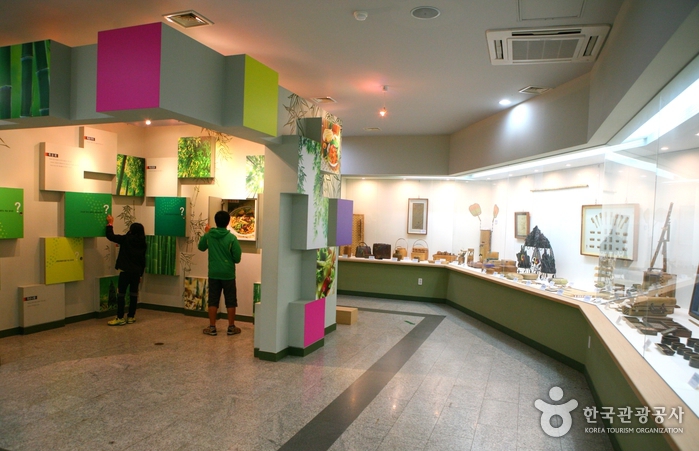

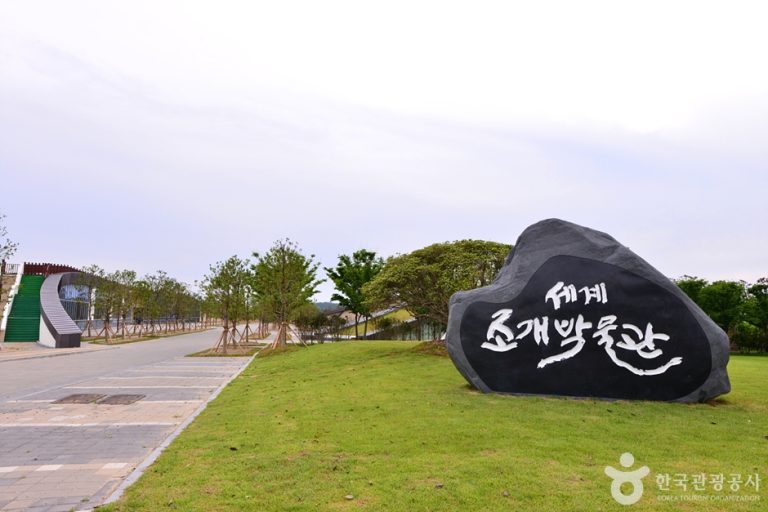

![The Face Shop – Mokpo Branch [Tax Refund Shop] (더페이스샵 목포)](https://ktrip.blogsailing.com/wp-content/uploads/2025/11/2886611_image2_1-768x576.jpg)
![Uniqlo – Suncheon Yeonhyang Branch [Tax Refund Shop] (유니클로 순천연향)](https://ktrip.blogsailing.com/wp-content/uploads/2025/11/2886477_image2_1.jpg)
One Comment